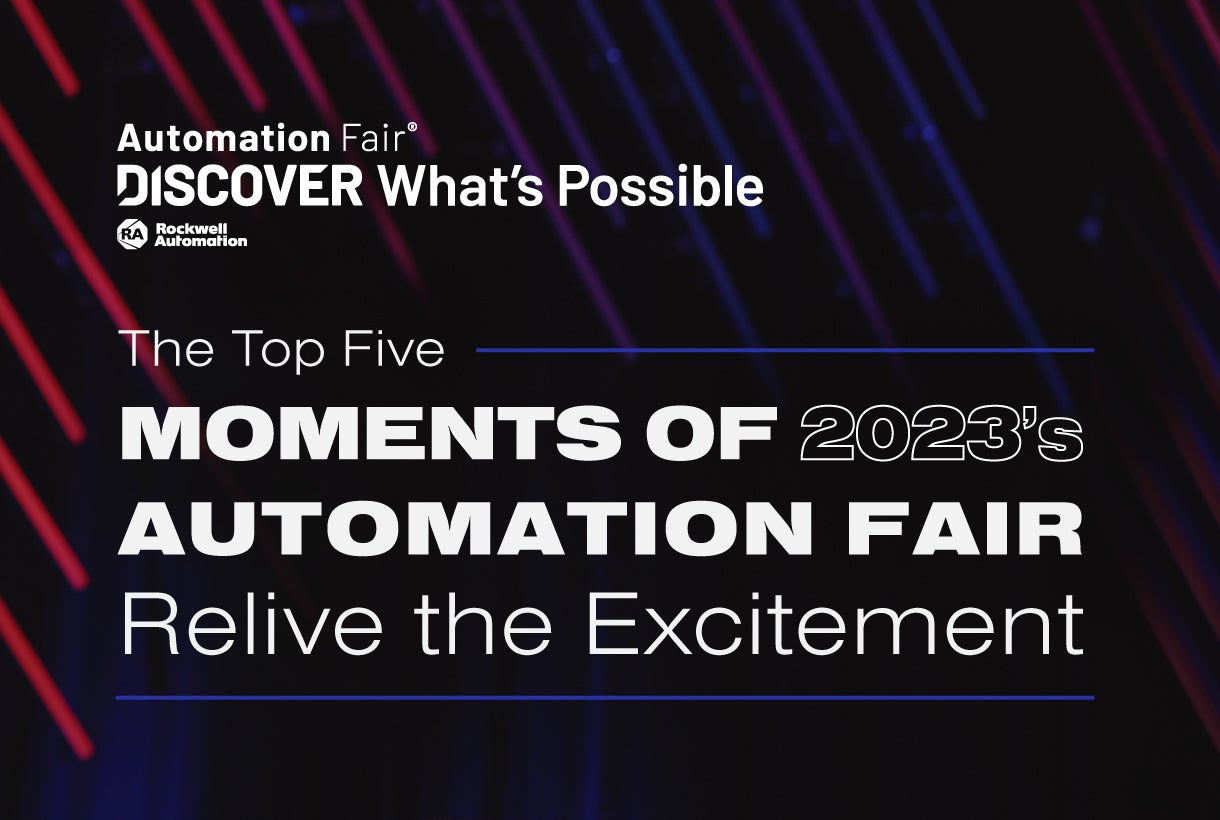

Now Available!
Get your copy of the 7th Annual State of Smart Manufacturing and hear from 300+ manufacturers in this new survey report!
Subscribe to Our Blog
For a monthly digest of expert insights, data points, and tips like the ones in this article.
Smarter, Together: How Plex Customers Influence Product Direction (Part 2 of 4)
Smart Manufacturing, Smarter, Together
In the first post of this series, I discussed the definition of influence - adapting behavior, products, and processes based on communication, information, and shared understanding - and the four ways that Plex approaches customer influence. Here in part two, I’m going to dive into how we capture and eventually measure it. Importantly, there is no ‘one metric to rule them all’. And while there have been reams of research and scores of scientific studies outlining how to measure influence, the actual measurement is more nuanced and cadenced than just metrics.
I have spent my career building and implementing enterprise software. In my early years, I studied all the major software providers, learned from their practices, and tried to model them. One thing that has stood out to me is that most of the enterprise software companies tout that their roadmaps and releases were derived from some percentage of customer feedback. That’s good!
But that seemed like it was just a first step. Influence is not fully measured at the input (customer requirement), or even at the output (the release), but at the outcome (the business benefit and value derived by the customer). Using this approach, success is measured by whether the customer’s business changed - and their experience - in tangible and measurable ways for the better. While we tend to communicate influence in terms of new product, we look at it in terms of our processes and engagement with our customers. The importance of fine-tuning processes can be as great as any particular change or enhancement, and it’s of utmost importance to clearly trace progress and effectiveness.
At Plex, we leverage a variety of channels capturing customer input and then utilize it to influence our direction, as well as measure the impact of the influence.
- Case Surveys: Case Surveys provide real-time feedback on process and engagement improvement on a tactical level. On a day-over-day basis, are we driving a better experience and better positive business outcomes through our product and processes? Customers can give direct and candid feedback through Case Surveys that we can use in real-time to adjust.
- CABs (Customer Advisory Board): Customer Advisory Boards are comprised of Customer Executives and are helping guide our strategic company direction from the lens of their industry. This is achieved through regular meetings where they provide user-centric feedback that helps guide our present development and our three- to five-year outlook. It’s important to have a company vision and your own view but hearing from customers on what they are seeing and responding to – and where there is convergence or divergence – ensures that you are providing the future your customers need.
- PAGs (Product Advisory Group): Product Advisory Groups consist of operational leaders from our customers and help guide our strategic outlook through input that ranks roadmap initiatives and product enhancements, through regular meetings where we review our strategic initiatives and progress. Our PAGs typically focus on a one- to three-year outlook. It’s important to get down a level and work with our customer champions that have a more tactical view of the business and what we need to do to drive success.
- Mini PAGs: Mini PAGs are agile groups used to collect customer input on the requirements to validate the solution and approach. For each release, major or minor, these groups of customer users are engaged with us, testing and providing real-time feedback. That allows us to quickly iterate on the feedback and provide a solution that is truly influenced by the customer and meets their needs.
- User Experience Surveys: These types of surveys help us as we source requirements for new products and projects, engage customers in rapid prototyping, and design thinking. We focus on examining on new enhancements as well as overall usability to drive more efficiency into our customers’ workflow.
- Exchanges: Structured influence and feedback is important, but there also needs to be an open communication channel to drive influence and provide suggestions, typically in the form of an online Community. It must be multi-directional (customer-to-customer and provider-to-customer) and likewise, provide value to the customers – is their influence heard and acted upon? Are their suggestions responded to in a way that adds value and encourages thoughtful communication and debate? We leverage our Exchange to encourage customers to submit suggestions and as importantly, to interact and brainstorm with our customers.
- QBRs (Quarterly Business Review): Quarterly Business Reviews are a form of customer-specific engagement to review business goals, how the software is helping them achieve these goals, and what needs to be done to help them be better. We focus on the outcomes for the one- to three-year horizon and benchmark progress to build a continuous case for improvement.
Each of these input channels provides a platform for customers to flex their influence, which results in positive customer/user outcomes. And sometimes the things that will deliver the highest outcomes are small improvements that make the customers’ workflow a few minutes simpler. Talk about a win-win!
The diversity of approaches is designed to meet users where they are – from jumping on the Exchange for quick community support to leveraging industry expertise in a CAB/PAG and lobbying for enhancements that benefit similar customers. There are opportunities for inputs that hit both transactional (surveys) and predetermined (meetings) cadences and the goal is to provide both breadth and depth.
While all of this is extremely valuable for creating an optimal outcome environment, much of it is only an academic exercise until customers’/users’ perception of these interactions – and their impact on customer business outcomes - are tangibly measured via KPIs and metrics. In our third post of this series, we will dive into those tangible measurements.


